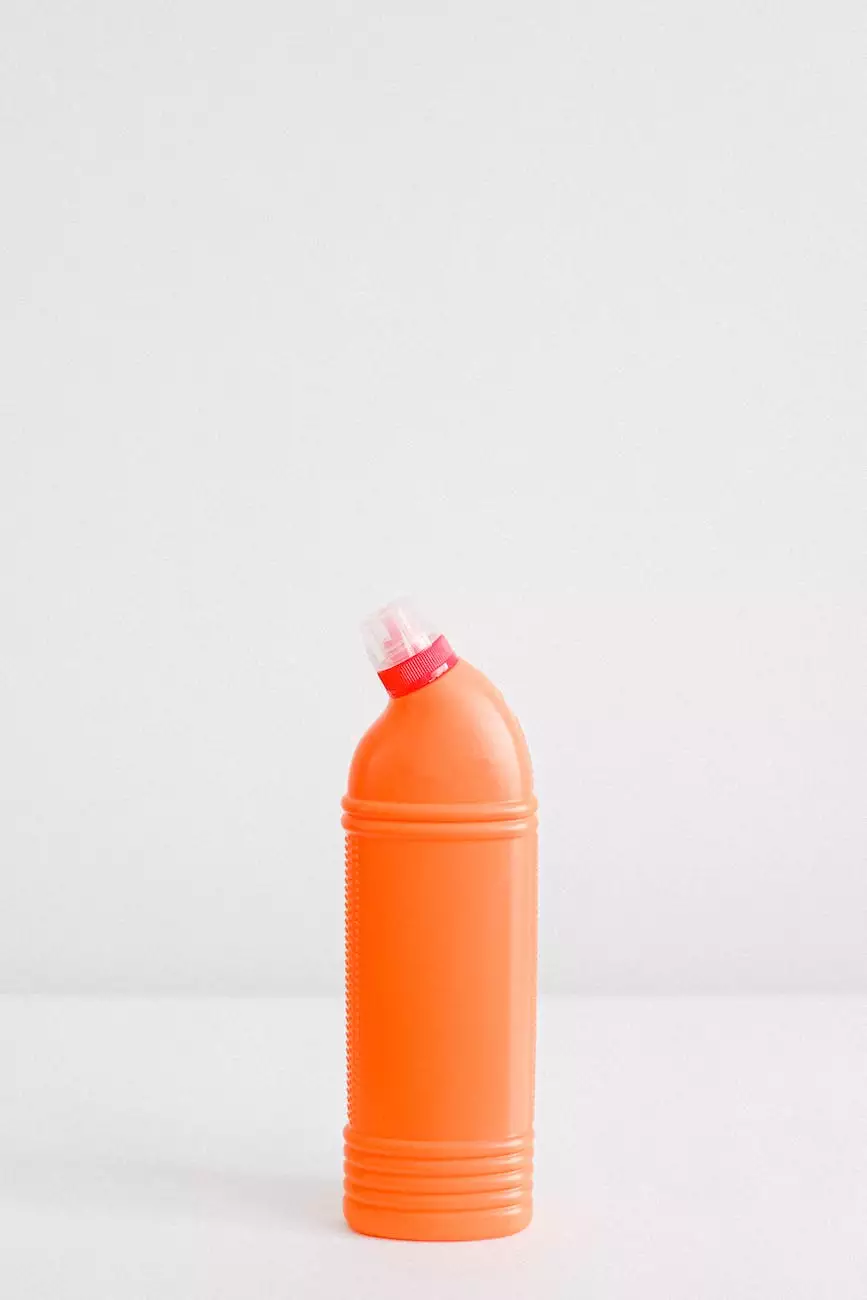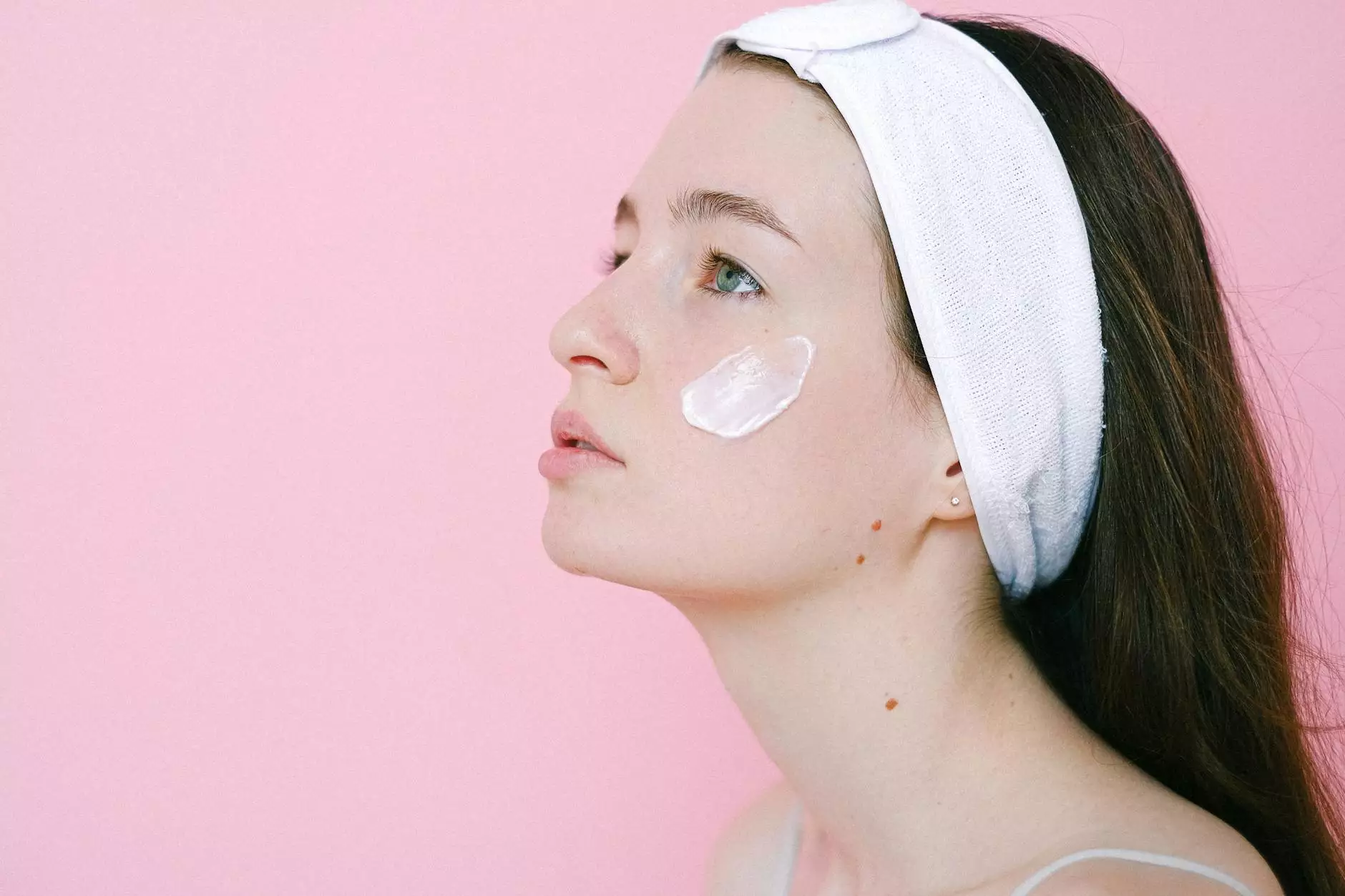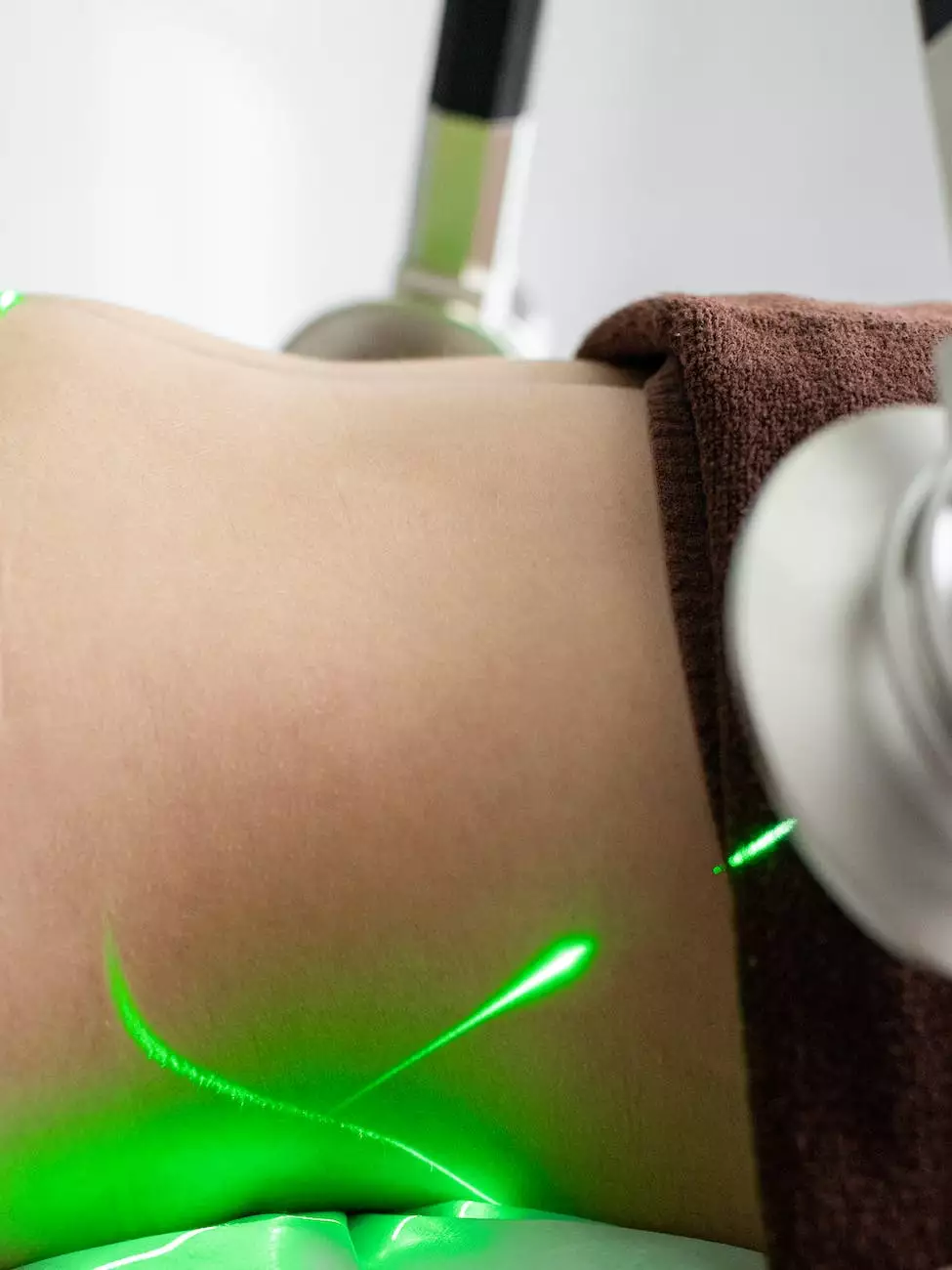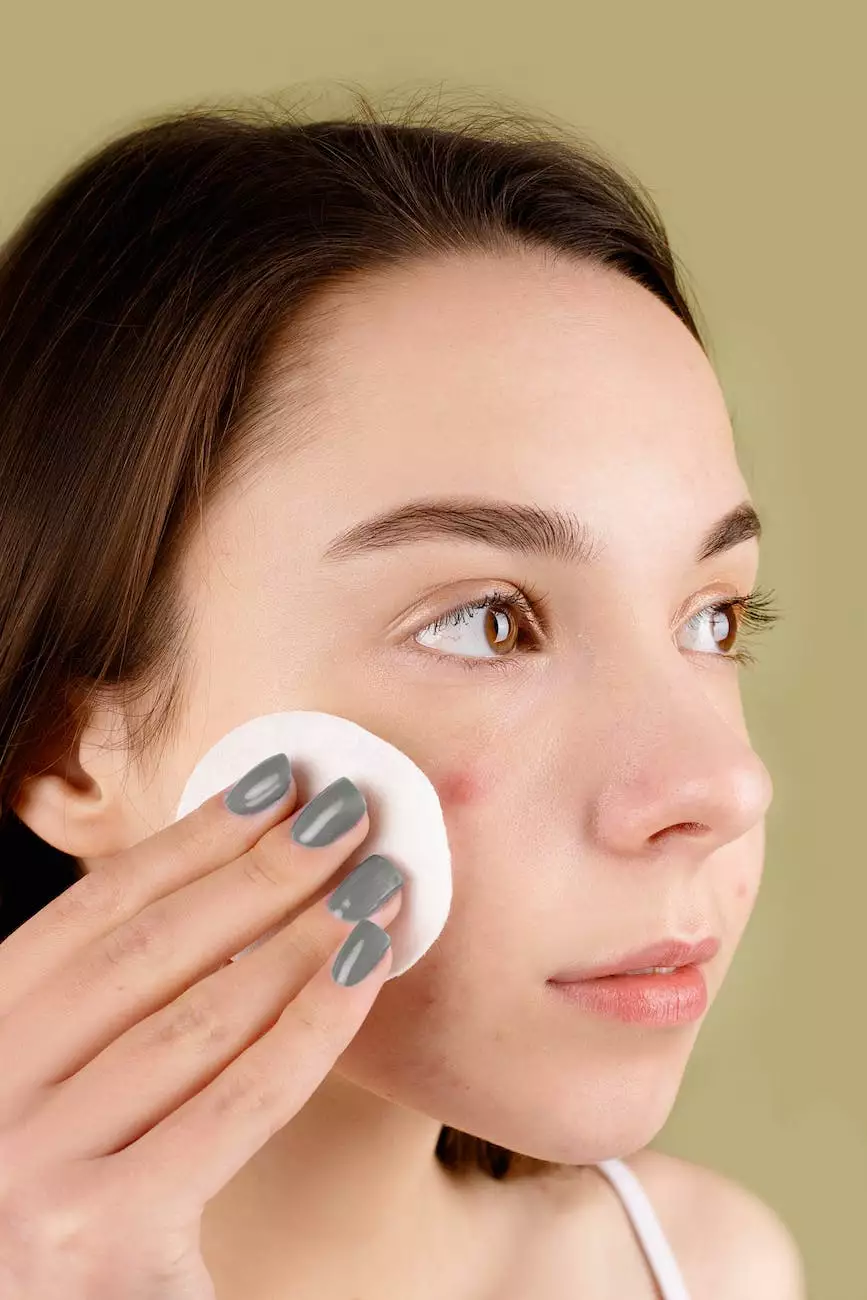What Does Botox Treat?
Facial Treatment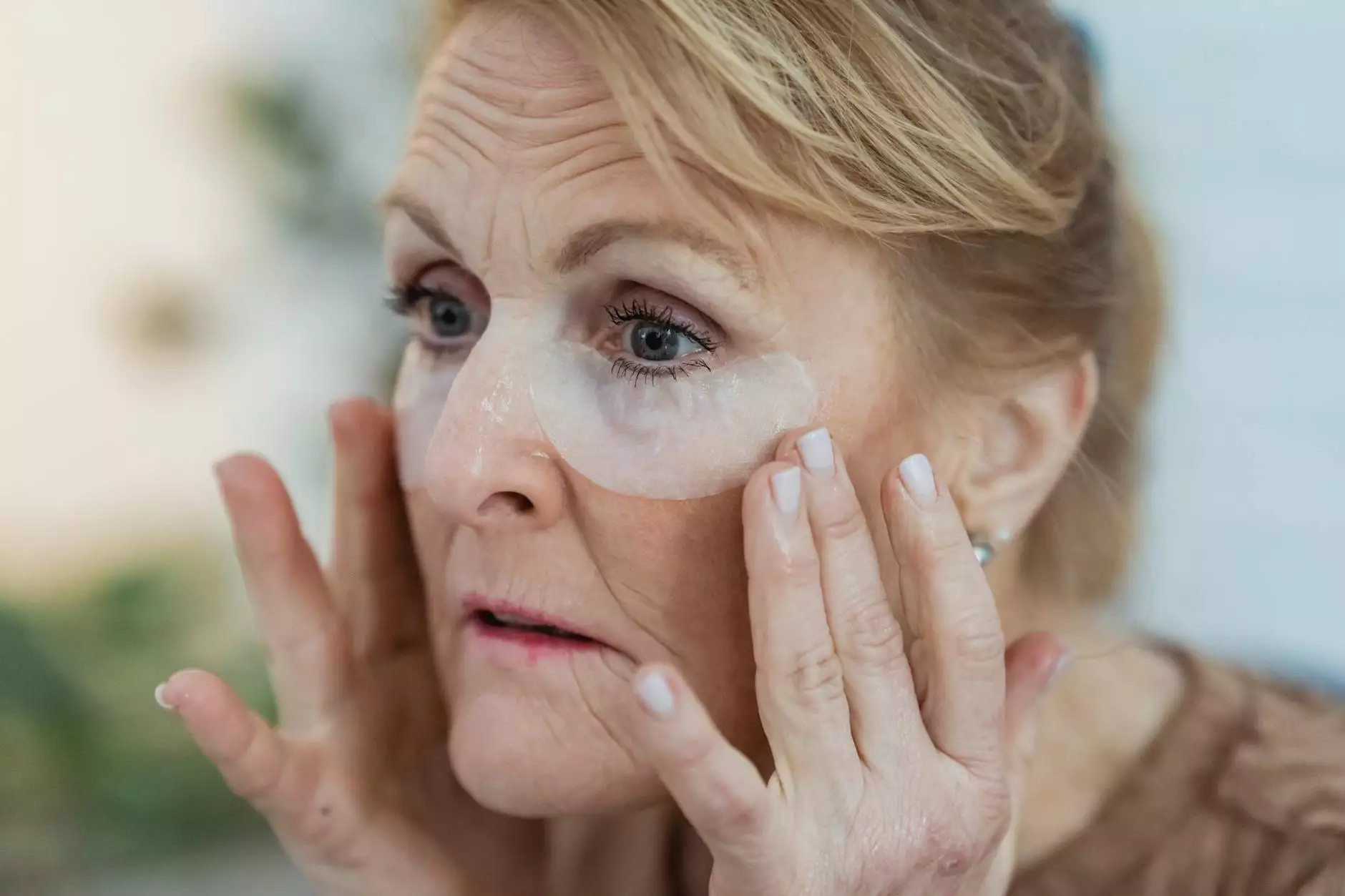
Introduction
Welcome to Mindful Minerals, where we provide innovative and expertly-crafted beauty and skincare products. In this article, we will explore the versatile applications of Botox and learn how it can treat a range of aesthetic and medical conditions. Botox, also known as Botulinum Toxin Type A, is a widely recognized and FDA-approved treatment known for its ability to reduce the appearance of fine lines and wrinkles. However, its benefits extend beyond mere cosmetic enhancements.
Understanding Botox
Botox is derived from the bacteria Clostridium botulinum and is used in controlled doses to temporarily paralyze facial muscles. By limiting muscle activity, Botox smooths wrinkles caused by repetitive movements, such as frown lines, crow's feet, and forehead wrinkles. While Botox is primarily associated with its aesthetic benefits, it has proven to be a valuable treatment option for various medical conditions as well.
Botox for Migraines
Apart from its cosmetic applications, recent research has shown that Botox injections can effectively reduce the frequency and severity of migraines. For individuals who suffer from chronic migraines, Botox may provide much-needed relief and enhance their overall quality of life. The toxin works by blocking key chemical compounds that transmit pain signals, reducing muscle tension, and alleviating migraine symptoms.
Botox for Hyperhidrosis
Hyperhidrosis, or excessive sweating, can be a distressing condition that impacts individuals' confidence and daily activities. Botox offers a non-surgical solution by temporarily blocking the nerves responsible for sweat production. By targeting specific areas like the underarms, palms, or soles of the feet, Botox injections effectively reduce sweating and provide long-lasting results.
Botox for Bruxism
Bruxism, or teeth grinding, is a common condition that can lead to dental problems, jaw pain, and headaches. Botox injections can be utilized to relax the jaw muscles, preventing involuntary teeth grinding. By reducing the intensity of the muscle contractions, Botox effectively reduces the symptoms associated with bruxism.
Botox for Muscle Spasms
Botox has been extensively used in the medical field to treat muscle spasms, particularly in conditions like cervical dystonia (involuntary neck muscle contractions), blepharospasm (involuntary eye twitching), and spasticity (muscle tightness). The injections work by targeting the overactive muscles, offering relief and improving mobility for individuals suffering from these conditions.
Botox for Overactive Bladder
Overactive bladder (OAB) affects many individuals worldwide, leading to a frequent and sudden urge to urinate. Botox injections can be a valuable treatment option for patients who do not respond to traditional medication. By injecting Botox into the bladder muscle, it helps relax the muscle and increases its storage capacity, thus reducing urinary incontinence episodes.
Conclusion
As you can see, Botox treatment goes beyond cosmetic enhancements and offers numerous benefits for both aesthetics and various medical conditions. At Mindful Minerals, we prioritize providing safe and effective Botox treatments tailored to your specific needs. Whether you're seeking to address fine lines, migraines, hyperhidrosis, bruxism, muscle spasms, or an overactive bladder, our experienced professionals are here to help you achieve your desired results.

